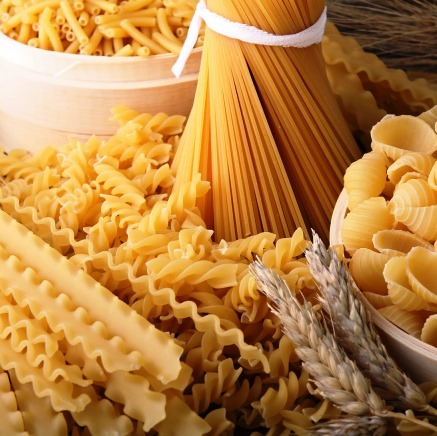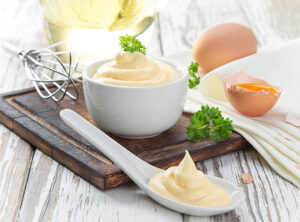Saucy Pasta Pairings
If a month is both Noodle Month and Sauce Month, surely the obvious thing is to write about which sauce goes with which pasta. But then I thought – “Wait, Pasta Month is October. What’s the difference between noodles and pasta?” So off I went to find out.
I can’t say I am much the wiser for the effort. I assumed (for instinctive reasons rather than actual knowledge) that all pasta was noodles but not all noodles were pasta. Turns out I might be right – or it might be the other way around. It depends on where you live and who you’re talking to (and what site you believe most).
Bottom line for today though – I did confirm that posting pasta information would be relevant both during Noodle Month and Pasta Month. So I can proceed with my saucy plans for this post.

Pasta – dried pasta that is – is very much a staple in our house, as it is in a lot of people’s homes. It’s relatively cheap, comes in a variety of shapes and sizes, can be served in a wide variety of ways and keeps for ages and ages without going bad. We always have a few shapes on hand: linguine (which we prefer to spaghetti), fusilli, lasagna, penne. Why so many? Well, certain shapes handle certain sauces better than others and some hold up better than others in certain types of dishes.
So what shapes go with what? Here are some (but by no means all) of the combinations we use.
- Fusilli – these twisty shapes hold onto sauce particularly well so you can use almost anything with them. Use it pasta bakes, oil-based sauces, cheese or cream sauces, meat sauce, pesto – even in pasta salads and soups.
- Lasagna – the flat surface doesn’t hold slippery sauces well so skip the oil based options and stick with the heartier meat sauces and heavy cream or cheese sauce. It’s basically a structural element so it does VERY well in pasta bakes.
- Linguine – like fusilli, this shape (a slightly heftier, flatter version of spaghetti) holds onto sauces of all types so use it with almost anything. I think it does especially well with seafood sauces.
- Penne – these ribbed tubes have just the right nooks and crannies to keep lighter sauces on board but they aren’t really robust enough to handle the heavy meat sauces. This isn’t to say you can’t have them with a chunky sauce – but it would probably be best if it were a marinara or pomodoro as opposed to a Bolognese.




